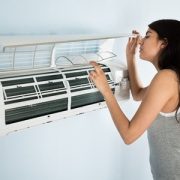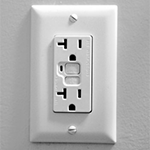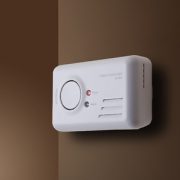What is the Life Expectancy of My HVAC System?
What is the Life Expectancy of My HVAC System?
Whenever we install a new heating/cooling system we are always asked the same question: “How long will it last?”. The simple answer: it depends on how well you maintain it. Every manufacturer makes their system slightly different than another and one part could last longer than another. For example, if a manufacturer produces systems that have poor quality compressors, then the overall life expectancy could drop significantly because compressors are sometimes more expensive to replace than the system itself.
Here is a chart which outlines the average life expectancy of HVAC systems based on how much maintenance you use, national averages, and plain old estimates. Please keep in mind that these are estimates, not guarantees. Your brand could result in higher or lower life expectancies.
Maintenance Items:
Changing filter regularly (1-3 months)
Getting tune-ups/servicing seasonally
Remove debris from outside unit
Checking on and replacing refrigerant insulation as necessary
No Maintenance (0 items)
Little Maintenance (1-2 Items)
Some Maintenance (2-3 Items)
High Maintenance (4 items)
15-18 years
18-20 years
20-25 years
25+ years
Exclusions:
The above chart is for your average central AC/heating system; however, if you still use oil burners, wood stoves, or other forms of heat, then your numbers are significantly different.
Oil-based furnaces generally only last a few years and require a lot of maintenance to keep them running. As an older system, it can last a few years and they are not too expensive, making it a popular item among some people.
Geothermal systems are also not included in the above chart. These systems generally last around 30+ years. If maintained well enough, the system may be there longer than you!
Boilers mostly follow the above chart, except they last slightly longer (by 1-3 years) than other average systems.
Additional features/accessories are not included as well, such as:
Humidifiers (8-10 years)
Dehumidifiers (8-10 years)
Thermostats (35-40 years)
Ventilation/duct-work (8-10 years)
Insulation (100 years)
These each have their own life expectancies depending on the brand.
Average Life Expectancy:
Most organizations and companies can agree that homeowners can see between 15-25 years in their system’s lifetime. Some places will say 15, others 20, and still others say 25. The truth of the matter is the system lasts as long as you want it to. As long as you maintain the system well and have regular tune-ups/servicing, you’ll find your system lasts a very long time. Many homeowners decide to replace it after about 10-15 years for a new, more efficient model. In the long-run, replacing the system every 15-20 years (most systems’ average life expectancy) is more economical in terms of maintenance fees and energy bills.








